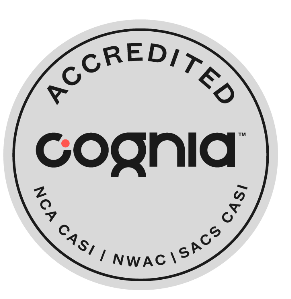Understanding Food-Allergy Safety in CSD Schools
According to the U.S. Centers for Disease Control and Prevention, food allergies impact one in 13 children. That’s about two students per classroom, and those numbers are on the rise, increasing 50 percent between 1997 and 2011.
It’s all but impossible to eliminate food allergies, as they’re synonymous with our main food groups. But we can work with families to create healthy plans to keep Canyons District students safe.
In this week’s episode of Connect Canyons, we sit down with Sebasthian Varas, Director of CSD’s Nutritional Services team, Emily Jenkins the District’s Dietitian, and Canyons Nursing Specialist Jen Gerrard. The trio discusses steps schools take to safeguard students from coming into contact with allergens and put health plans in place for students with known or suspected allergies.
Episode Chapters
00:00 — Introduction to Food Allergies
We discuss leading causes of food allergies in the U.S.
01:16 — Health Action Plans in Schools
Gerrard walks us through the process of understanding each student’s individual needs and how schools are working to have a record of which students may have allergies.
03:00 — Recognizing Allergic Reactions
Gerrard describes different types of allergic reactions, and which symptoms can indicate a serious problem. She explains the emergency protocols schools have in place to respond to and treat anaphylaxis. Each school within the District, for example, is equipped with a stock of epinephrine, most commonly known as EpiPens.
05:25 — Preventing Cross Contact in School Kitchens
Varas and Jenkins discuss the measures Canyons District has in place at each school to prevent cross-contamination, such as encouraging hand washing before and after meals, purchasing and preparing gluten-free alternatives, and preparing and serving meals in separate ovens and on separate trays.
08:28 — Educating Students and Parents
Our guests share ways parents can help when it comes to educating their children about allergies, even if they don’t have allergies themselves. We also hear how parents can still provide a fun snack for a class while being mindful about potential allergies. As Varas say: “Education starts in the home. We encourage parents to talk to their children about allergies, even though they may not be allergic to something, just being aware other people may be allergic to things. That also comes with the responsibility of washing your hands and maybe not sharing food with other students. It’s not because you don’t want to be kind, it’s to keep everyone safe.”






